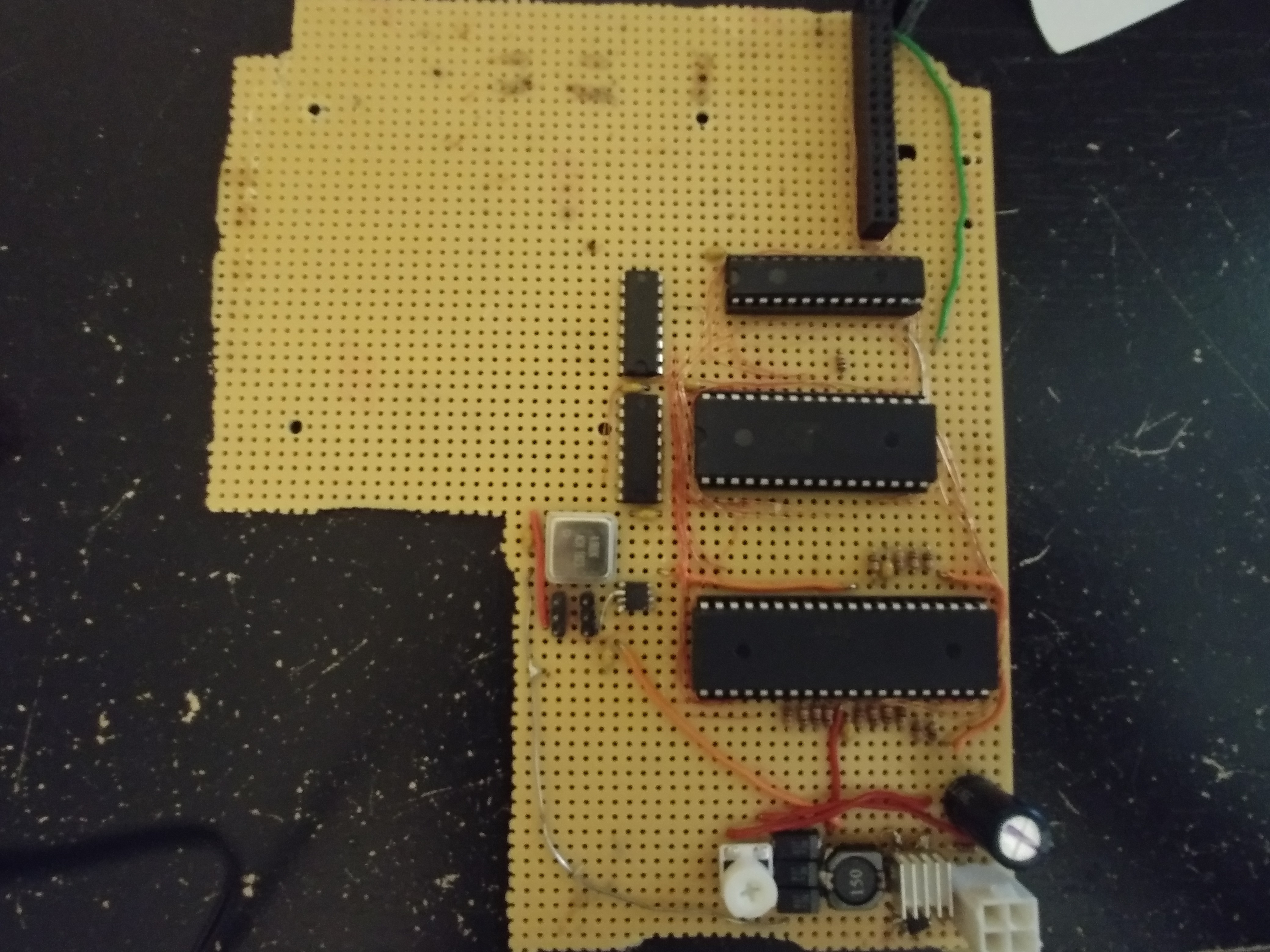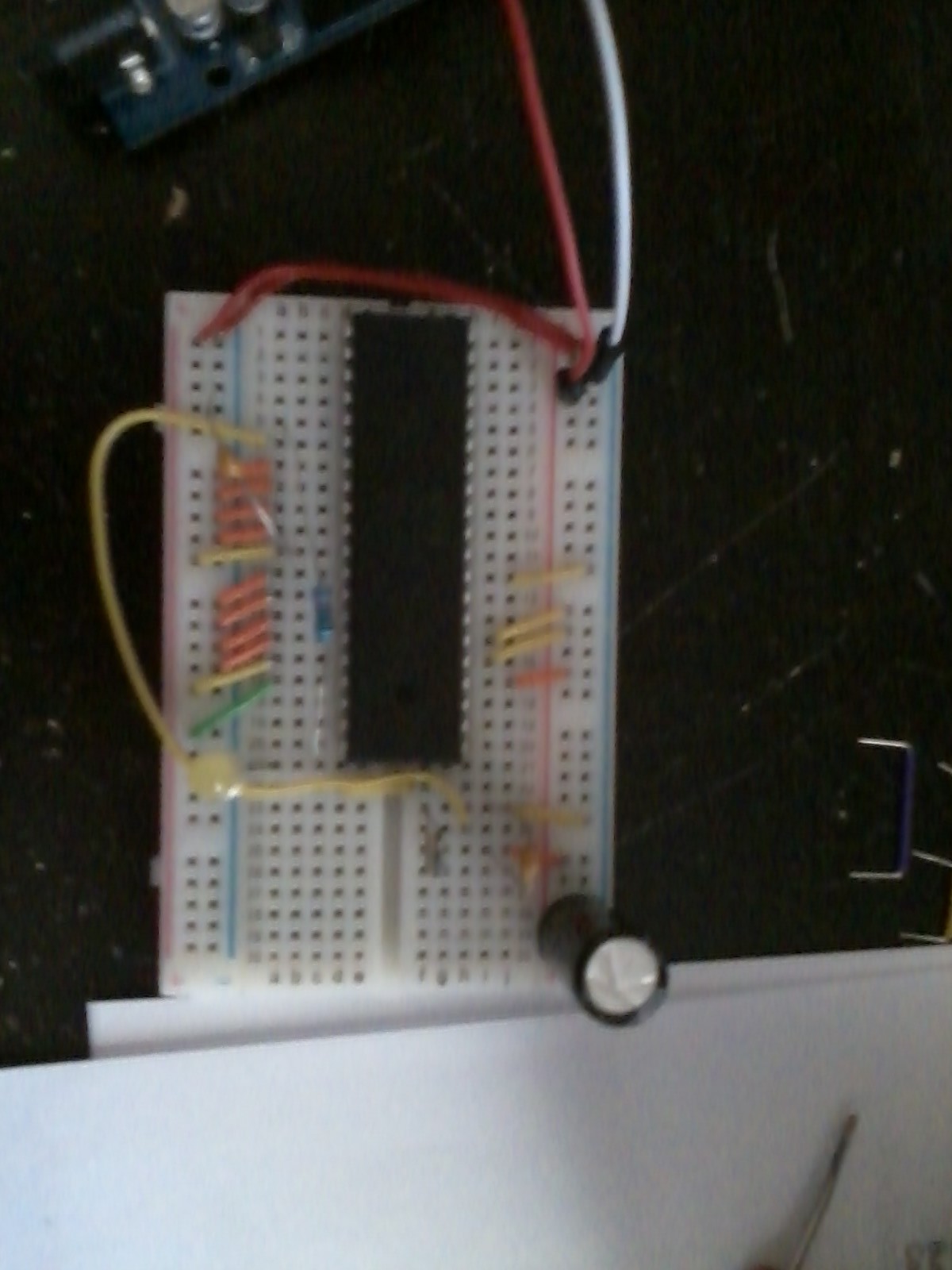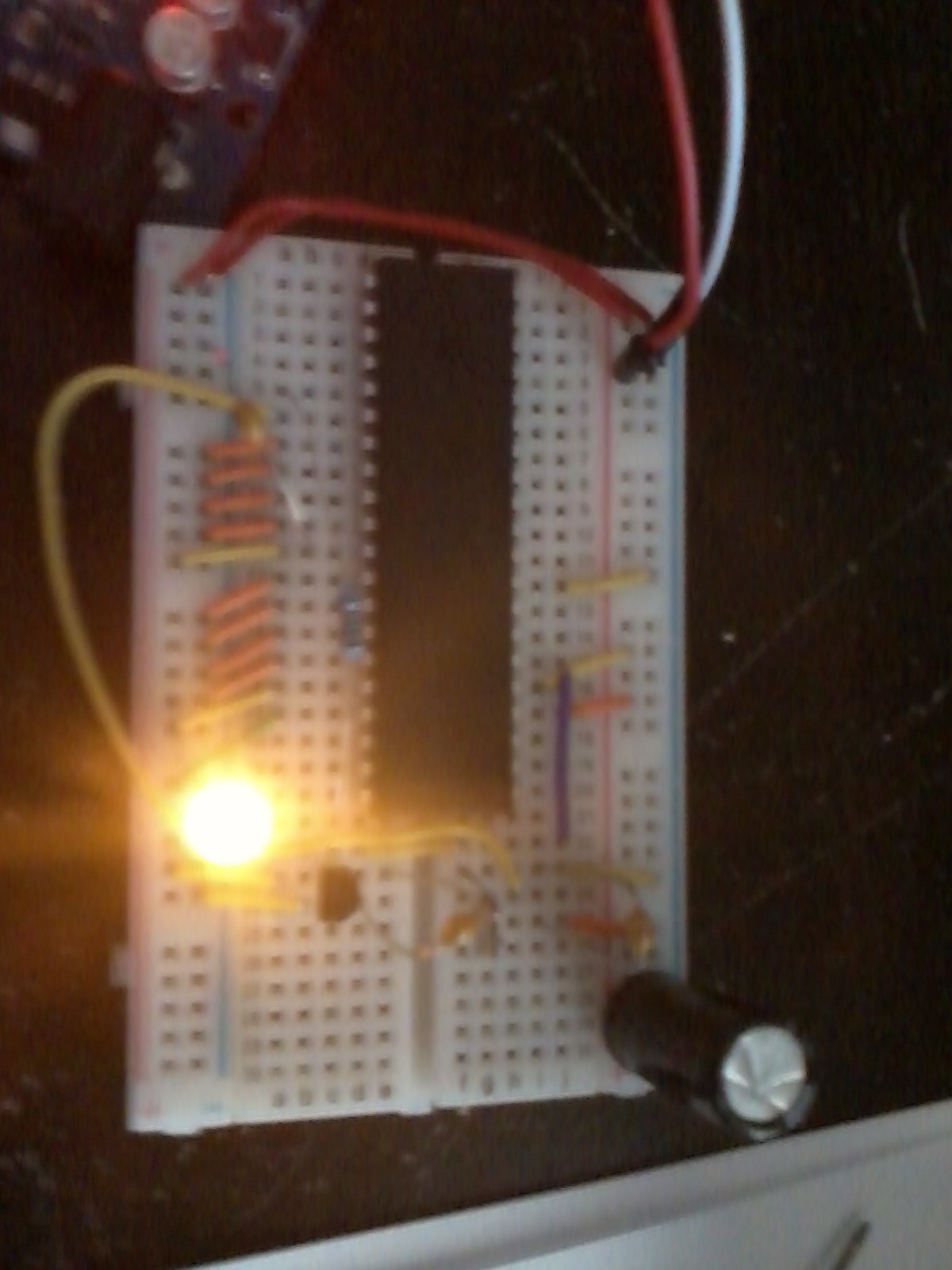The final goals for this project are:
- Multitasking OS
- Ability to load ROMs
- Ability to self-flash BIOS
- SIMM Dram slots
- ATA port for hard drives
- Floppy drive port
- 2...nah let's make it 3 expansion ports
- serial port
- 2 PS/2 ports for mouse and keyboard
- Built in CRT display
- overclocking capability (for shits and giggles)
- RTC
 FloppidyDingo
FloppidyDingo








Nice project. The 68000 is my favourite 16-bit processor. I designed and built a 68k board for myself a couple of decades ago. When you are ready to look at an operating system for your system you should have a look at CP/M 68k or OS9.